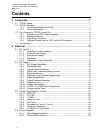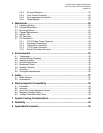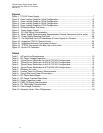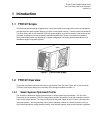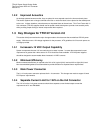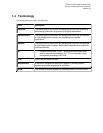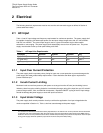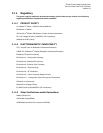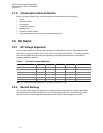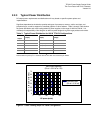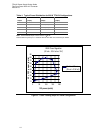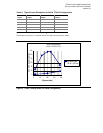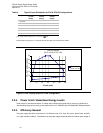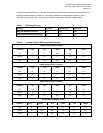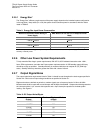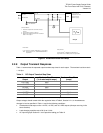
TFX12V Power Supply Design Guide
Thin Form Factor with 12 V Connector
Version 2.0
12
2.1.5 Catastrophic Failure Protection
Should a component failure occur, the power supply should not exhibit any of the following:
• Flame
• Excessive smoke
• Charred PCB
• Fused PCB conductor
• Startling noise
• Emission of molten material
• Earth ground fault (short circuit to ground or chassis enclosure)
2.2 DC Output
2.2.1 DC Voltage Regulation
The DC output voltages shall remain within the regulation ranges shown in Table 2, when measured at the
load end of the output connectors under all line, load, and environmental conditions. The voltage regulation
limits shall be maintained under continuous operation for any steady state temperature and operating
conditions specified in Section 4.
Table 2. DC Output Voltage Regulation
Output Range Minimum Nominal Maximum Unit
+12 V1DC ±5% +11.40 +12.00 +12.60 Volts
+12 V2DC (Note) ±5% +11.40 +12.00 +12.60 Volts
+5 VDC ±5% +4.75 +5.00 +5.25 Volts
+3.3 VDC ±5% +3.14 +3.30 +3.47 Volts
-12 VDC ±10% -10.80 -12.00 -13.20 Volts
+5 VSB ±5% +4.75 +5.00 +5.25 Volts
Note: At +12 VDC peak loading, regulation at the +12 VDC output can go to ± 10%.
2.2.2 Remote Sensing
The +3.3 VDC output should have provisions for remote sensing to compensate for excessive cable drops.
The default sense should be connected to pin 11 of the main power connector. The power supply should
draw no more than 10 mA through the remote sense line to keep DC offset voltages to a minimum.



